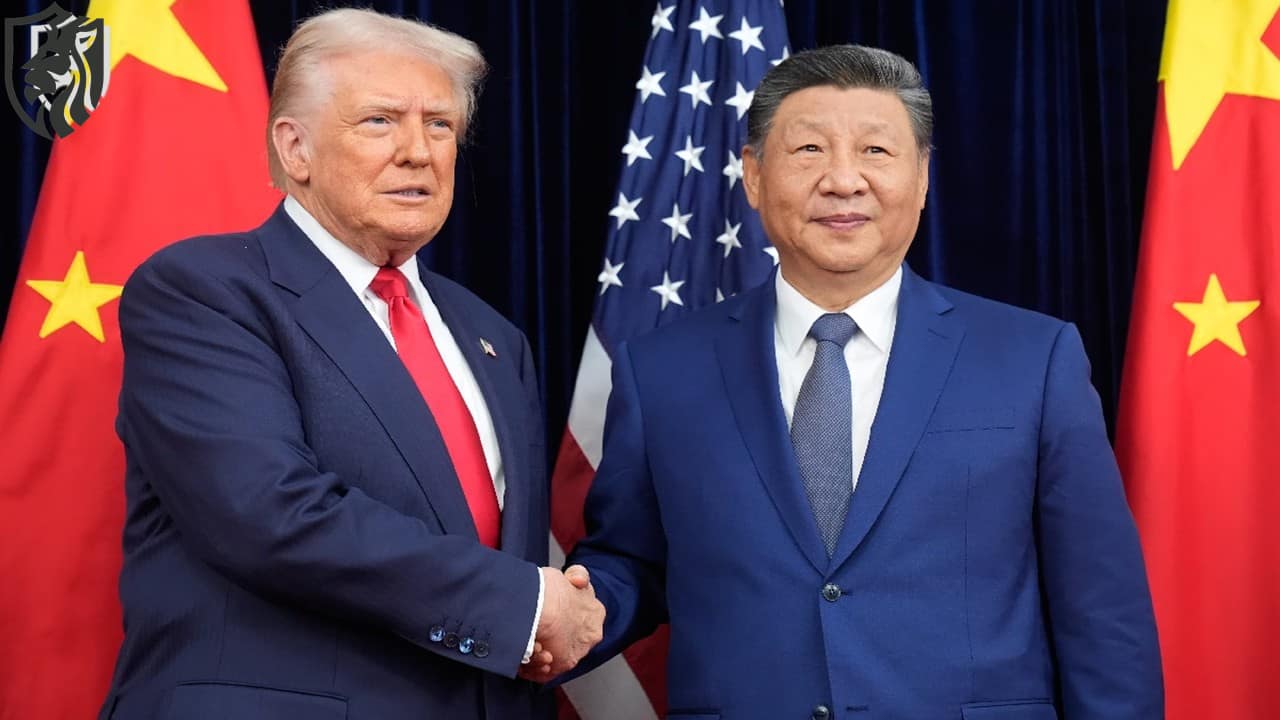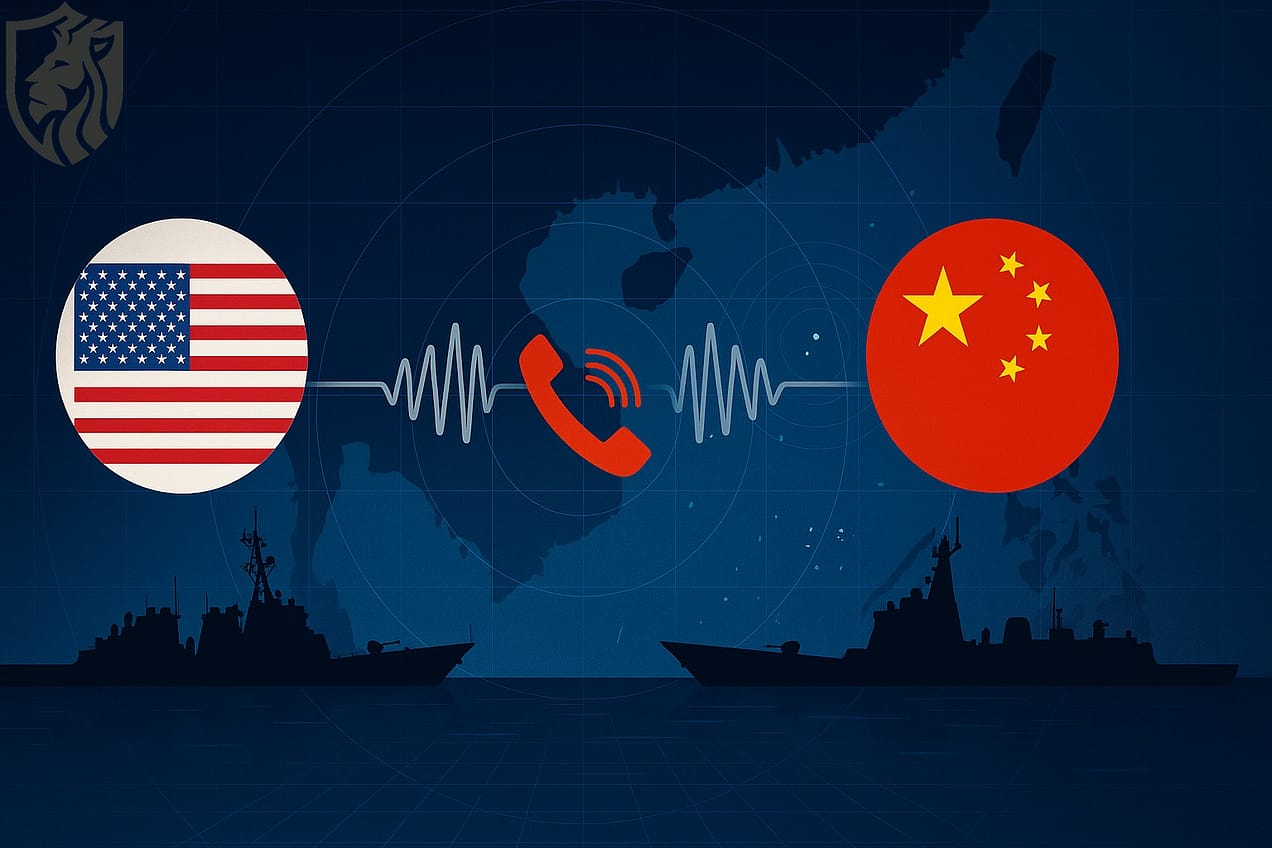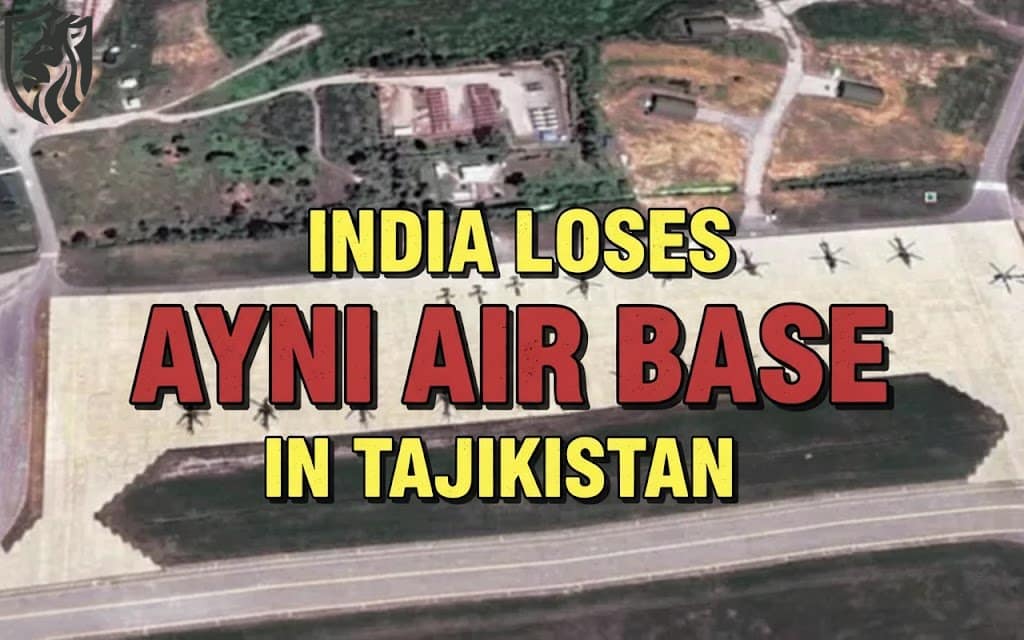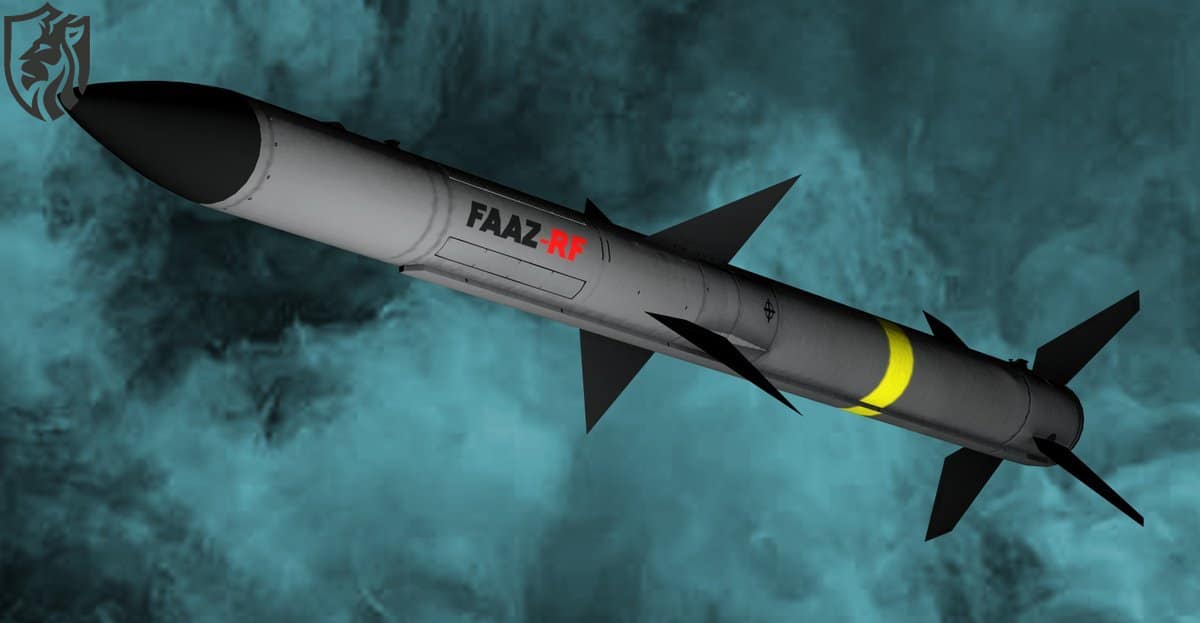
US–China Military Channels — Deterrence Meets Dialogue
Why the channels matter now
The announcement of US–China military communication channels signals a pragmatic turn after months of sharp rhetoric. U.S. Defence Secretary Pete Hegseth said he agreed with Admiral Dong Jun to set up direct lines for conflict and de-escalation. The pledge followed the Trump–Xi summit and sideline talks at ADMM-Plus in Kuala Lumpur on 1–2 November 2025.
However, these channels will only matter if both sides use them under stress. Past hotlines existed yet often went unanswered during incidents. Therefore, building protocols, response timelines, and duty rosters will prove as important as the phone numbers themselves.
The strategic context: pressure and reassurance
Washington aims to blend deterrence with diplomacy. Hegseth’s public messaging warned ASEAN about its “destabilizing” behaviour, while his private outreach emphasised stability and predictability. Both tracks support US–China military communication channels by lowering the risk of miscalculation during patrols, intercepts, and exercises.
Beijing, for its part, frames hotline revival as consistent with “managing differences” while holding firm on sovereignty claims. Dong Jun’s ADMM-Plus appearance underlined continuity in China’s South China Sea positions, even as he engaged counterparts on risk reduction.
Flashpoints that test the system
Scarborough Shoal remains a barometer. China’s announcement of a “nature reserve” in Scarborough Shoal in September caused immediate backlash from the U.S. and sparked concern from the Philippines. Any on-water confrontation near the shoal could become the first trial of US–China military communication channels—especially if coast guard and militia vessels are involved.
Beyond Scarborough, busy air corridors over the Bashi Channel and East China Sea see frequent intercepts. Clear playbooks for unsafe manoeuvres, near misses, or radar lock-ons would let duty officers escalate calls from tactical units to theatre commands within minutes, not hours.

What effective channels should include
Technical architecture
- 24/7 bilingual watchcenters with mirrored escalation ladders.
- Redundant routing across secure voice, IP, and message formats.
- Agreed incident codes (e.g., “close CPA”, “laser illumination”, “CM-release”) to compress decision time.
Procedural guardrails
- Preauthorised thresholds initiate a call in response to any collision risk, weapon employment cue, or jamming event.
- The procedures include a maximum five-minute acknowledgement window and a 30-minute senior callback standard.
- A shared incident log is exchanged weekly to track patterns and resolve disputes.
Political firebreaks
- A nonpropaganda window (e.g., 24 hours after serious incidents) will allow the facts to stabilise.
- Annual exercises are conducted to practise call tree procedures during simulated crises.
- ASEAN observers should conduct a neutral audit when incidents occur within their Exclusive Economic Zones.
These elements would turn US–China military communication channels from symbolism into practical safety valves.
ASEAN’s role: from bystanders to stakeholders
Southeast Asian states feel the daily friction. A credible code of conduct, paired with regional sensor-sharing, would amplify the value of US–China military communication channels. Maritime Domain Awareness (MDA) networks—AIS, coastal radar, satellite SAR—can feed common facts into hotline calls, reducing “he-said-she-said” cycles at sea.

What this means for operators
Pilots and ship captains need clarity. If intercept geometry becomes unsafe, crews must know who calls whom, on what circuit, and with which phrases. Publishing a distilled “flash card” SOP—three lines for aviators, three for bridge teams—would raise the odds that US–China military communication channels actually prevent metal-on-metal contact.
Moreover, allied and partner forces will watch closely. If calls resolve standoffs quickly, confidence in combined patrols rises. If they fail, expect more escorts, more standoff jammers, and more unmanned pickets—raising costs for everyone.
Risks and limits
Hotlines can be gamed. A side might answer slowly to save time on the water. Or it may demand concessions before acknowledging a problem. Therefore, transparency—time-stamped call logs and third-party verification when feasible—matters. Additionally, structural politics still shapes behaviour; new channels will not settle sovereignty claims or end grey-zone tactics. Still, the balance of benefits favours trying. Even a single avoided collision pays for years of staffing and hardware.
Bottom line
The establishment of US-China military communication channels is not a panacea. Yet they are a cheap, quick way to cap escalation while larger negotiations grind on. If both sides hardwire procedures, empower duty officers, and respect timelines, these lines can keep crises from spiralling—especially around Scarborough and other hotspots.
References
- Defense News report on hotline agreement: https://www.defensenews.com/news/pentagon-congress/2025/11/02/us-china-reportedly-agree-to-set-up-military-communication-channels/
- Al Jazeera coverage of hotline setup: https://www.aljazeera.com/news/2025/11/2/us-china-agree-to-set-up-military-to-military-channels-hegseth-says
- CSIS AMTI analysis of Scarborough “nature reserve”: https://amti.csis.org/chinas-nature-reserve-at-scarborough-more-than-a-decade-too-late/
- U.S. State Department statement on Scarborough: https://www.state.gov/releases/2025/09/on-scarborough-reef








